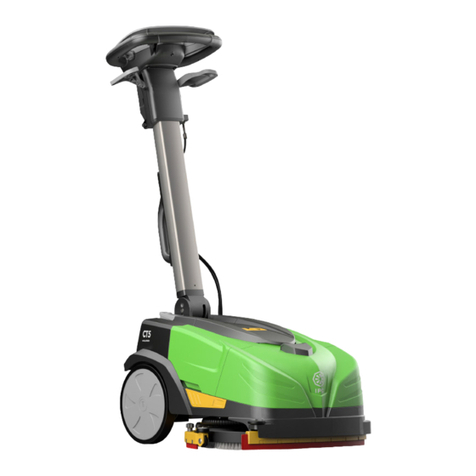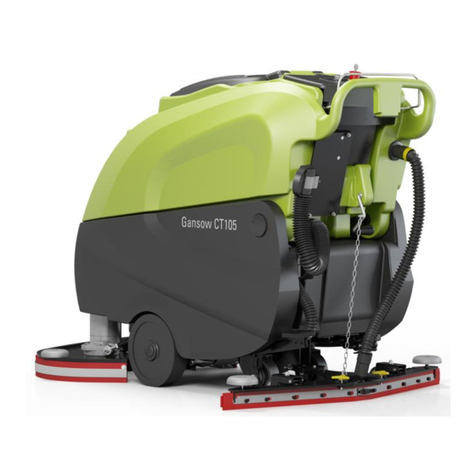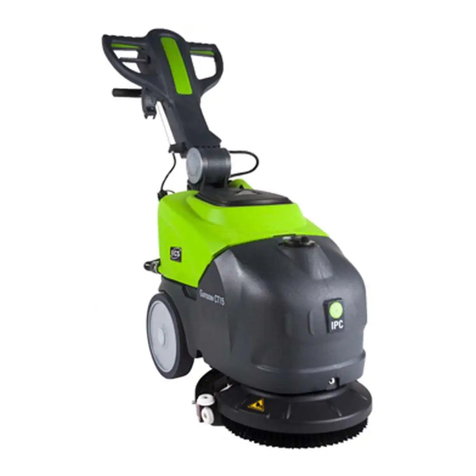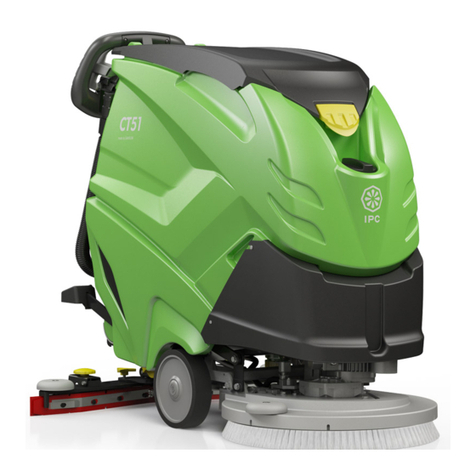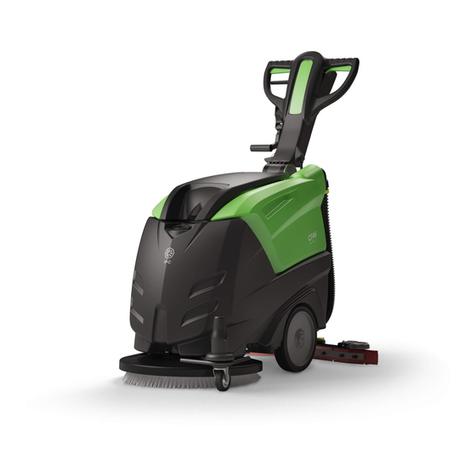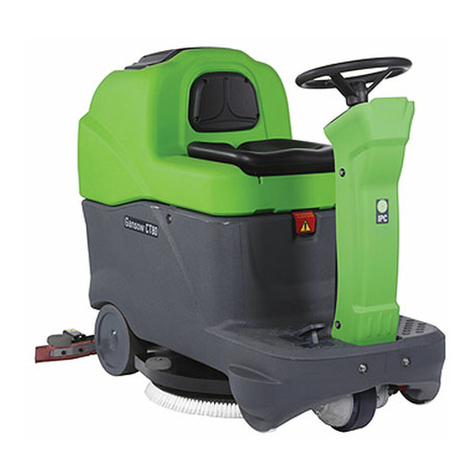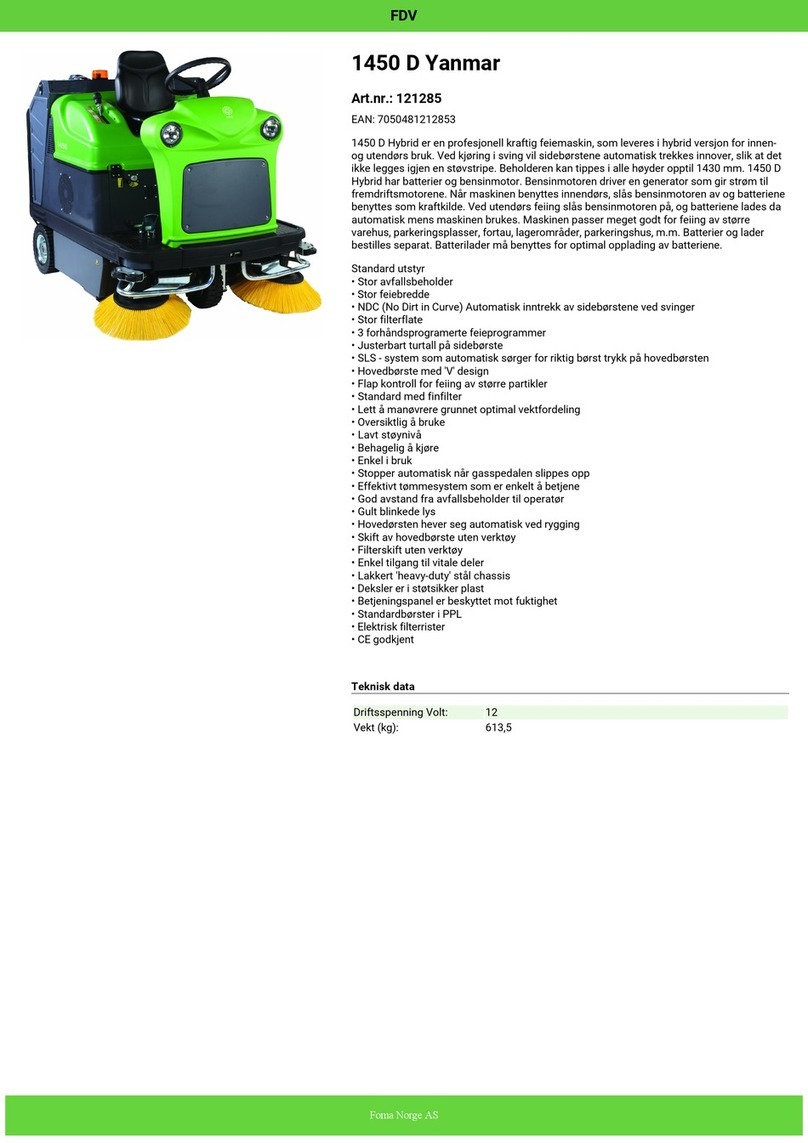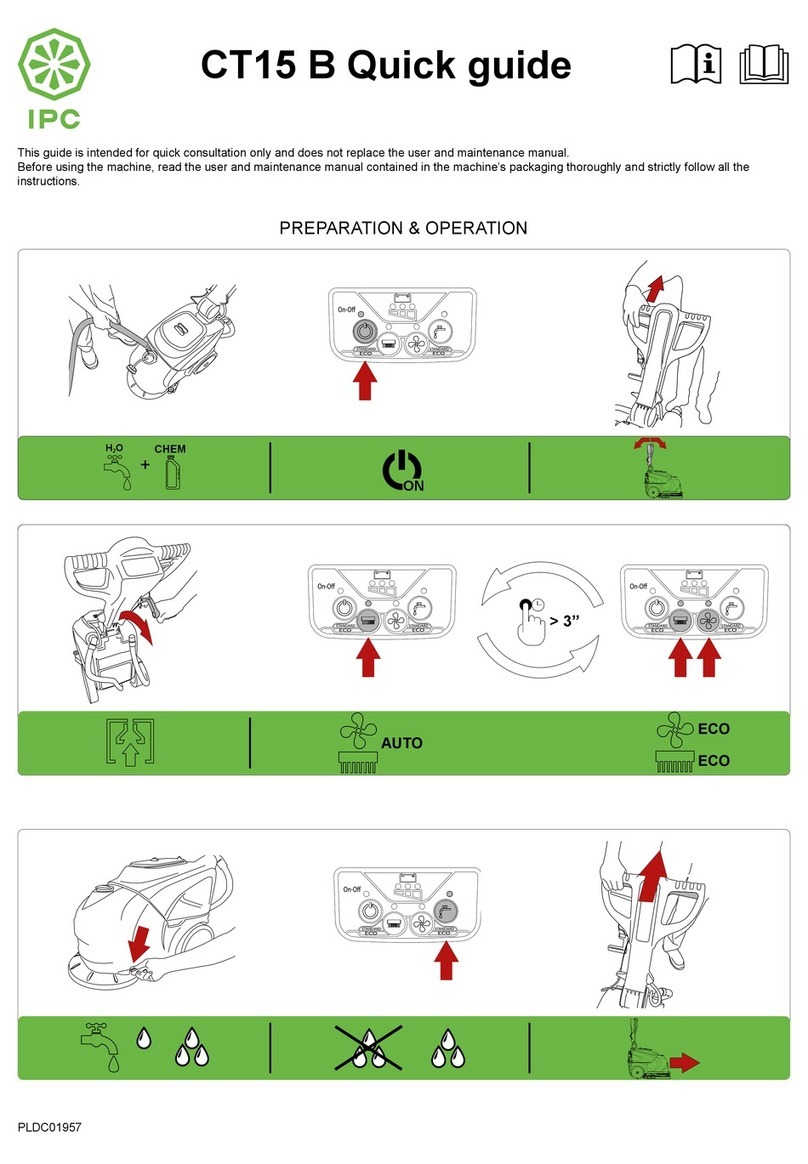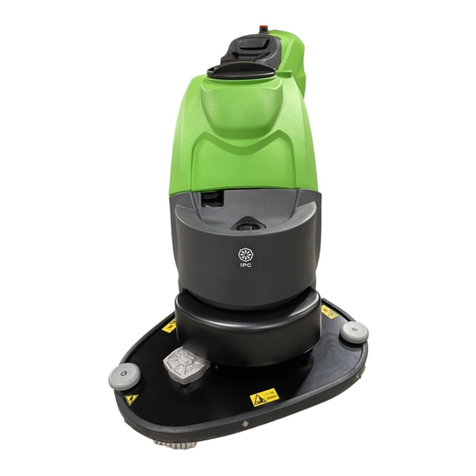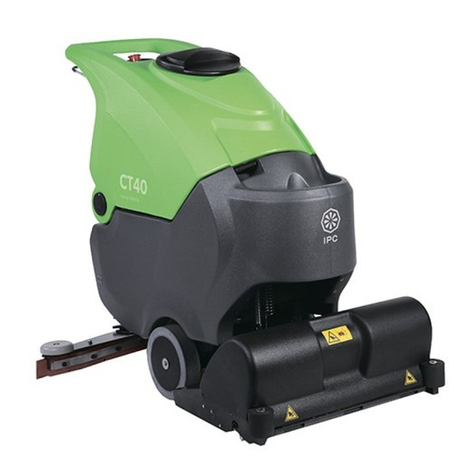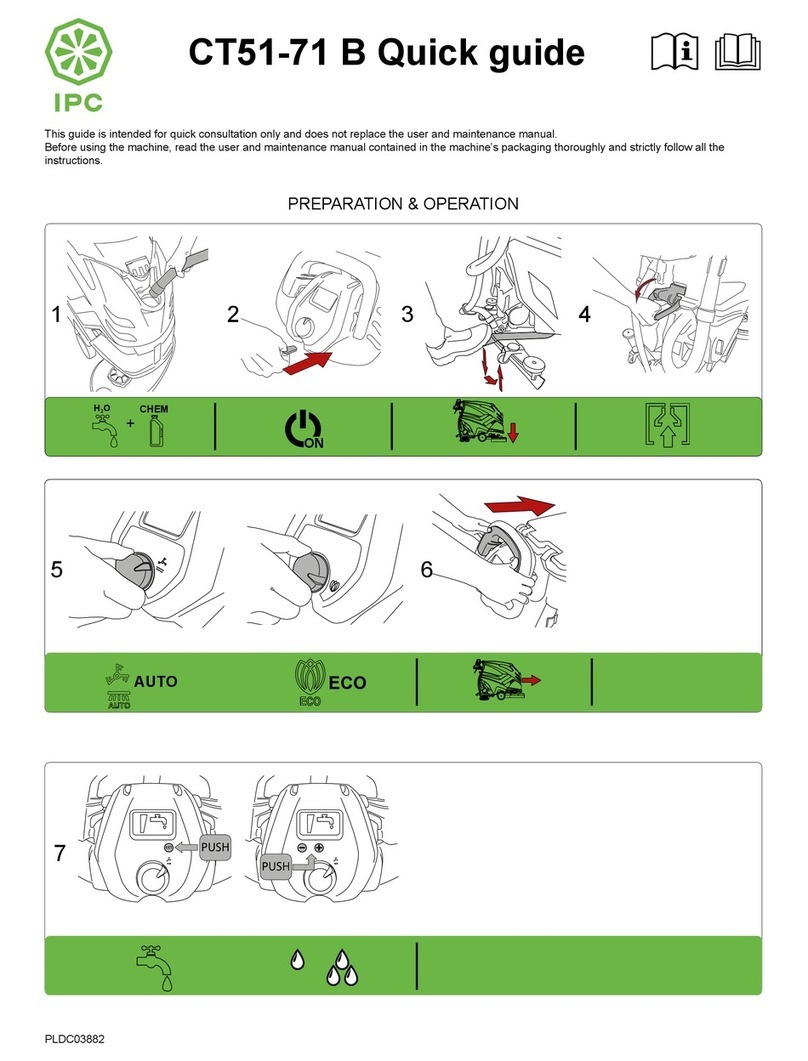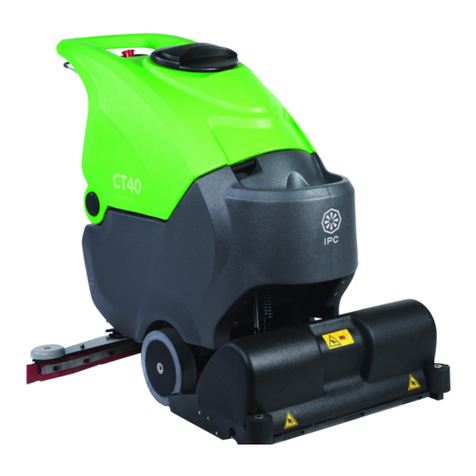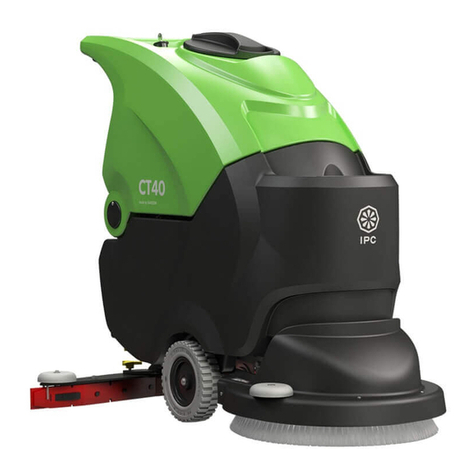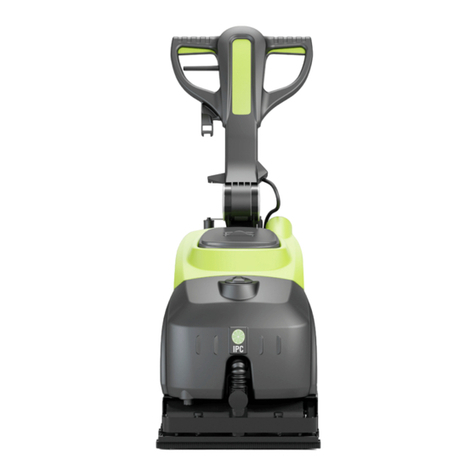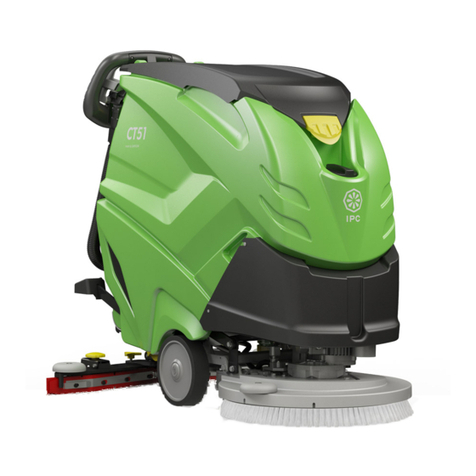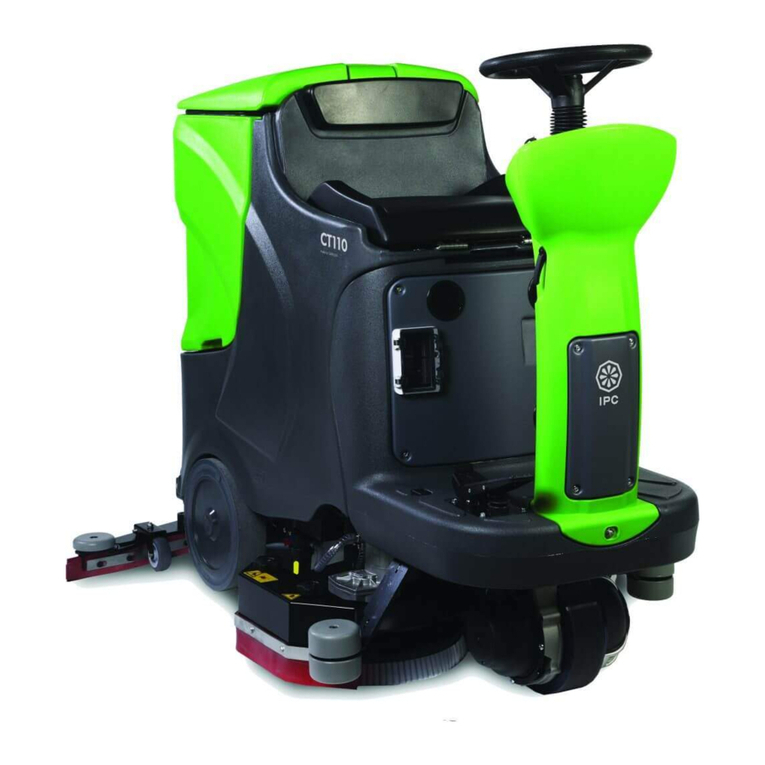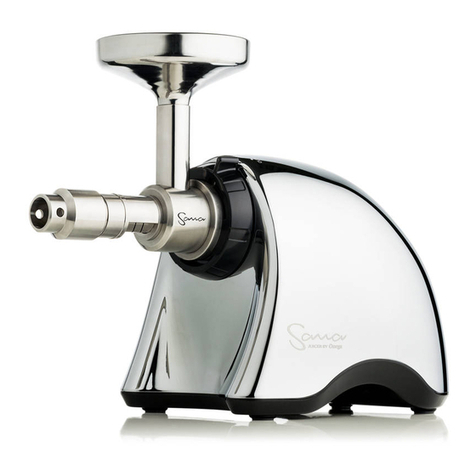
TECHNICAL SPECIFICATIONS.............................................................................4
MACHINE DIMENSIONS........................................................................................6
SAFETY SYMBOLS................................................................................................7
GENERAL INFORMATION.....................................................................................8
Purpose of this manual .................................................................................................................. 8
Identifying the machine ..................................................................................................................8
Documentation provided with the machine .................................................................................... 8
TECHNICAL INFORMATION..................................................................................9
General description ........................................................................................................................ 9
Parts of the machine ......................................................................................................................9
Danger zones ................................................................................................................................10
Accessories ...................................................................................................................................10
SAFETY INFORMATION .......................................................................................11
Safety precautions ........................................................................................................................ 11
MOVEMENT INSTALLATION...............................................................................14
Lifting and transporting the packaged machine ............................................................................ 14
Delivery checks ............................................................................................................................. 14
Unpacking .....................................................................................................................................14
Batteries (Battery version)............................................................................................................. 14
Batteries: preparation ....................................................................................................................15
Batteries: installation and connection............................................................................................ 15
Batteries: removal ......................................................................................................................... 16
Choosing a battery charger ...........................................................................................................16
Preparing the battery charger ...................................................................................................... 16
Squeegee installation and adjustment .......................................................................................... 17
Squeegee adjustment ...................................................................................................................17
Brush installation ...........................................................................................................................18
Lifting and transporting the machine ............................................................................................. 19
PRACTICAL GUIDE FOR THE OPERATOR.........................................................20
Preparing the machine for work .................................................................................................... 20
Controls .........................................................................................................................................21
Working ......................................................................................................................................... 24
Some useful tips to get the most from your scrubber drier ........................................................... 24
Emptying the collection tank: ........................................................................................................ 24
Emptying the water/detergent tank ............................................................................................... 25
Filling the water/detergent tank ..................................................................................................... 25
Filling the Chem-Dose tank (accessory) ....................................................................................... 26
Finishing work ............................................................................................................................... 26
Moving the machine when not in operation................................................................................... 26
PERIODS OF INACTIVITY ....................................................................................27
MAINTENANCE INSTRUCTIONS.........................................................................28
Maintenance - General rules .........................................................................................................28
Cleaning the suction motor air lter............................................................................................... 28
Cleaning the water/detergent tank lter ........................................................................................ 29
Cleaning the dirty water tank oat .................................................................................................29
Fuses: replacing ............................................................................................................................30
Battery maintenance and charging ............................................................................................... 32
Replacing the squeegee blades .................................................................................................... 33
Pushing and pulling the machine: .................................................................................................34
Periodic checks ............................................................................................................................. 35
TROUBLESHOOTING...........................................................................................36
DISPLAY ALARMS ................................................................................................37
TECHNICAL MENU ...............................................................................................39







